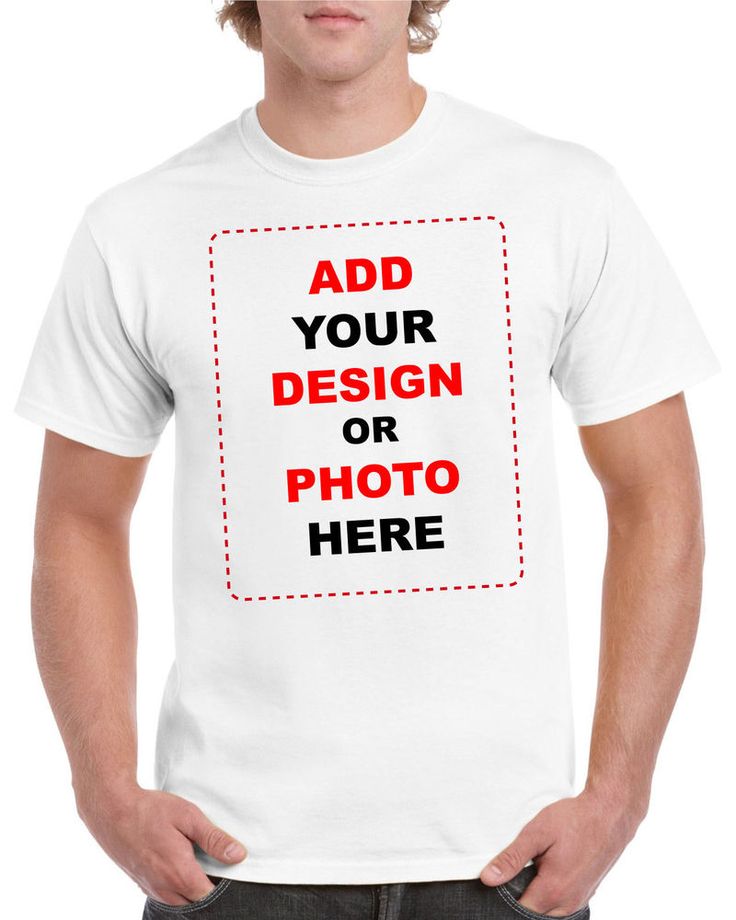
How to Create Professional T-Shirt Mockups: A Comprehensive Guide
Creating realistic and professional-looking T-shirt mockups is essential for showcasing your designs and generating sales for your T-shirt business. In this comprehensive guide, we will delve into the intricacies of T-shirt mockup creation, providing step-by-step instructions on how to produce high-quality mockups using industry-standard tools and techniques.
Step 1: Gather Necessary Tools and Materials
Before embarking on the mockup creation process, it is imperative to acquire the necessary tools and materials. These include:
- Blank T-Shirt Template: A high-resolution, transparent template of a T-shirt in various sizes and colors.
- Image Editing Software: A user-friendly image editing program such as Adobe Photoshop or GIMP.
- Design File: The digital file of your T-shirt design in a compatible format (e.g., PNG, JPEG, PSD).
Step 2: Set Up Your Workspace
Create a new document in your chosen image editing software and import the blank T-shirt template. Ensure the template is centered and scaled appropriately to the canvas size.
Step 3: Place Your Design
Open your design file and select the desired image. Drag and drop the image onto the T-shirt template. Use the transform tools (e.g., Scale, Rotate, Skew) to adjust the size, orientation, and perspective of the design.
Step 4: Create Realistic Folds and Wrinkles
To enhance the realism of your mockup, you need to simulate the natural folds and wrinkles that occur when wearing a T-shirt. Utilize the Warp Tool in Photoshop or the Distort Tool in GIMP to create subtle creases and indentations.
Step 5: Adjust Lighting and Shadows
Proper lighting and shadowing are crucial for creating a believable mockup. Use the Curves adjustment layer or Brightness/Contrast tools to adjust the overall brightness and contrast of the image. Add shadows below the design using a soft brush and black or gray paint to simulate depth and dimension.
Step 6: Add Background
To complete the mockup, add a background to your image. You can use a solid color, a gradient, or an actual photograph. Choose a background that complements your design and enhances its aesthetic appeal.
Step 7: Export Your Mockup
Once you are satisfied with your mockup, export it as a high-resolution image file (e.g., PNG, JPEG, TIFF). Choose a file format that supports transparency to preserve the T-shirt’s transparent background.
Tips for Creating Effective T-Shirt Mockups
- Use high-quality images and templates for optimal results.
- Experiment with different design placements and sizes to find the most flattering arrangement.
- Pay attention to details such as folds, wrinkles, and lighting.
- Choose backgrounds that complement your design and enhance its visual impact.
- Showcase your mockups on various platforms (e.g., website, social media) to increase their reach and visibility.
FAQ
1. What software should I use to create T-shirt mockups?
Adobe Photoshop is the industry standard for creating professional-grade mockups. However, free and open-source alternatives such as GIMP and Canva can also produce decent results.
2. Where can I find blank T-shirt templates?
Numerous websites offer free and premium blank T-shirt templates. Some popular resources include:
- Placeit
- Freepik
- Creative Market
- Pixeden
3. How can I create realistic folds and wrinkles?
Use the Warp Tool (Photoshop) or Distort Tool (GIMP) to manipulate the design and simulate natural creases and indentations. Alternatively, you can manually paint shadows and highlights to create the illusion of depth.
4. What is the best way to handle lighting and shadows?
Adjust the overall brightness and contrast using Curves or Brightness/Contrast tools. Add shadows below the design using a soft brush and black or gray paint to create depth and dimension.
5. What file format should I use to export my mockups?
For web use, PNG or JPEG files are suitable. For print purposes, TIFF files are recommended for their high resolution and color accuracy.
Conclusion
Creating professional T-shirt mockups is an essential skill for any T-shirt designer or business owner. By following the steps outlined in this guide and applying the tips provided, you can produce high-quality mockups that showcase your designs effectively and drive sales. With a little practice and creativity, you can elevate your T-shirt business to new heights.






